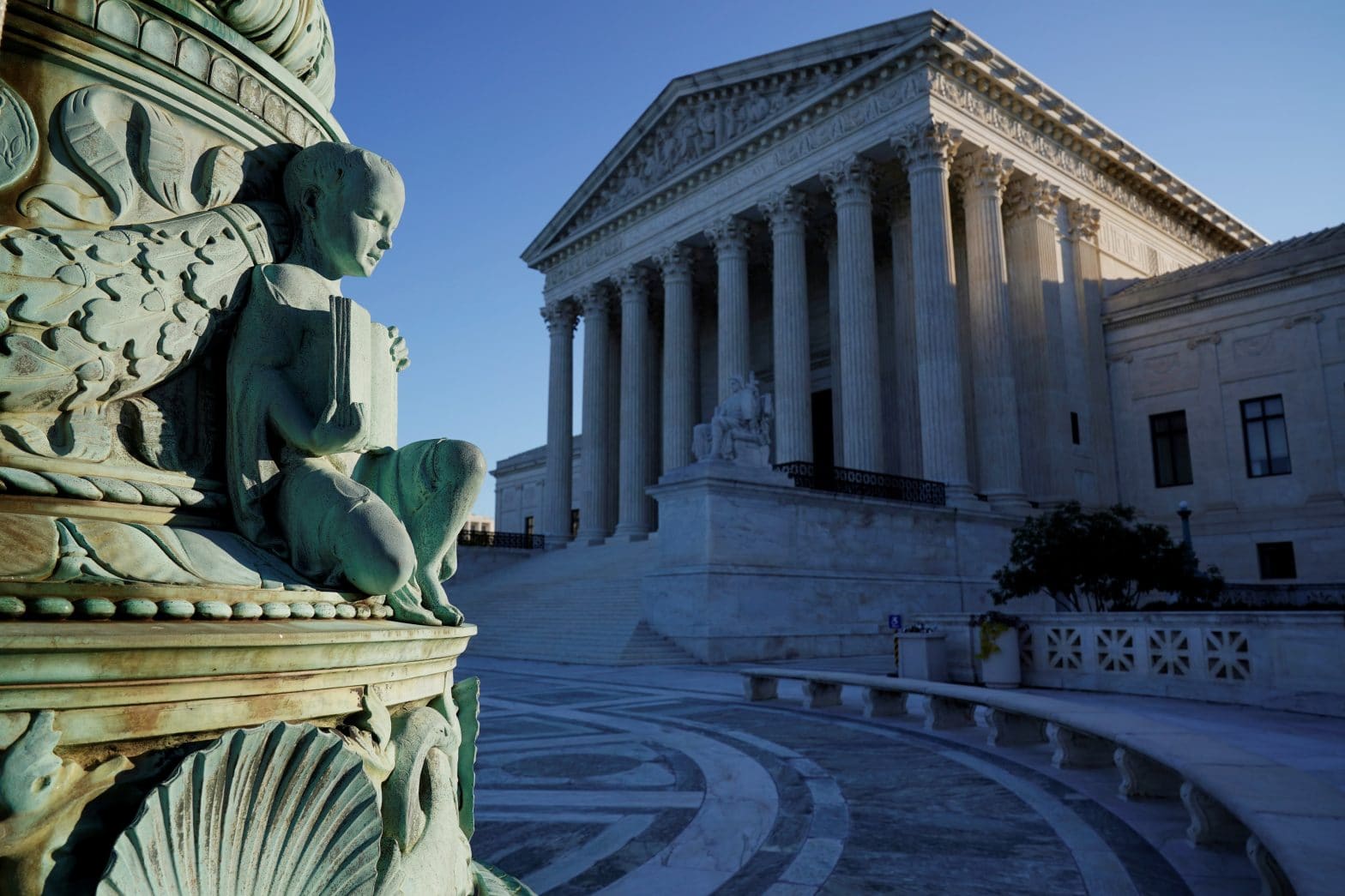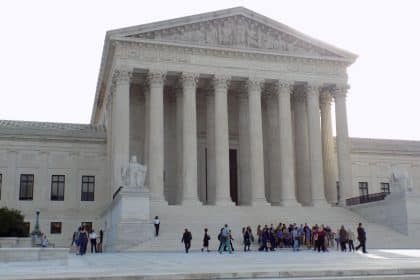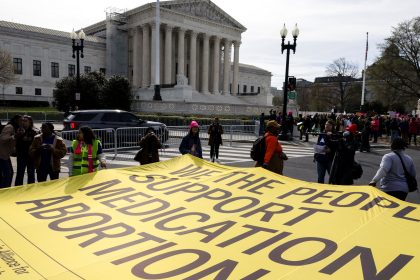Supreme Court Limits EPA’s Power Under Clean Water Act

WASHINGTON — The U.S. Supreme Court on Thursday narrowed the Environmental Protection Agency’s authority to regulate wetlands under the Clean Water Act, in the process finally ending a legal battle between the property owners and the agency that’s gone on for the past 19 years.
The dispute began in 2004, when Michael and Chantell Sackett purchased a vacant property near Priest Lake in Bonner County, Idaho.
Shortly after completing their purchase, they began backfilling the lot with dirt to prepare for building a home on the site. That’s when the EPA stepped in, issued a “stop work” order, and informed them that their property contained wetlands and that their backfilling violated the Clean Water Act’s prohibitions on discharging pollutants in “waters of the United States.”
The agency classified the wetlands on the Sacketts’ lot as “waters of the United States” because they were near a ditch that fed into a creek, which fed into Priest Lake, a navigable, intrastate lake.
The couple was ordered to restore the site or face penalties of over $40,000 for every day they were in violation of the act.
Instead, the Sacketts sued, contending that though sometimes filled with rainwater, the ditches on their property were not “waters of the United States.”
A federal judge in Idaho granted summary judgment to the EPA, and the 9th U.S. Circuit Court of Appeals later affirmed the ruling, holding that the Clean Water Act covers wetlands with an ecologically significant nexus to traditional navigable waters and that the Sacketts’ wetlands satisfied that standard.
On Thursday, the Supreme Court said the lower courts’ interpretation of the significant nexus statement was too broad.
Writing for a unanimous court, Justice Samuel Alito Jr. held that the Clean Water Act applies only to wetlands that are “as a practical matter indistinguishable from waters of the United States.”
As a result, Alito continued, a party claiming that the Clean Water Act applies to adjacent wetlands must first establish that the adjacent body constitutes a “water of the United States,” and second, that the wetland has “a continuous surface connection with that water, making it difficult to determine where the ‘water’ ends and the ‘wetland’ begins.”
In this case Alito and the other justices said, “The wetlands on the Sacketts’ property are distinguishable from any possibly covered waters.”
Justice Clarence Thomas filed a concurring opinion which was joined by Justice Neil Gorsuch. Justice Elena Kagan filed a concurring opinion in which she was joined by Justices Sonia Sotomayor and Ketanji Brown Jackson, and Justice Brett Kavanaugh wrote a concurring opinion that was joined by Kagan, Sotomayor and Jackson.
In his concurrence, Thomas wrote that Thursday’s opinion “curbs a serious expansion of federal authority that has simultaneously degraded states’ authority and diverted the federal government from its important role as guarantor of the nation’s great commercial water highways into something resembling ‘a local zoning board.’”
“But, wetlands are just the beginning of the problems raised by the agencies’ assertion of jurisdiction in this case,” he continued. “Despite our clear guidance in SWANCC that the CWA extends only to the limits of Congress’ traditional jurisdiction over navigable waters, the EPA and the corps have continued to treat the statute as if it were based on New Deal era conceptions of Congress’ commerce power.”
SWANCC is the synonym for the 2001 case Solid Waste Agency of Northern Cook County v. Army Corps of Engineers in which the high court reaffirmed “the states’ traditional and primary power over land and water use.”
“But, while not all environmental statutes are so textually limited,” Thomas continued, “Congress chose to tether federal jurisdiction under the CWA to its traditional authority over navigable waters. The EPA and the corps must respect that decision.”
Dan can be reached at [email protected] and at https://twitter.com/DanMcCue























